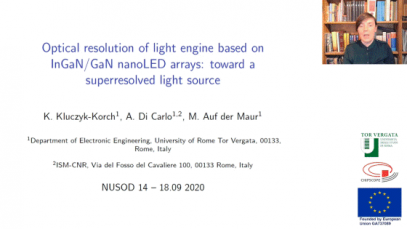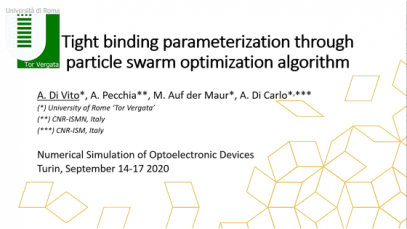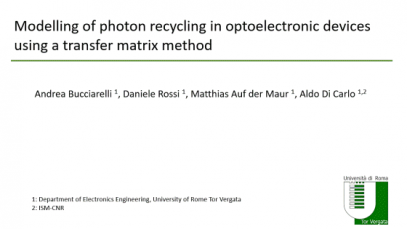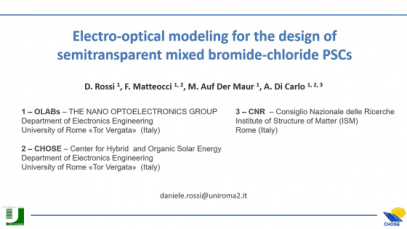LED01–Optical resolution of light engine based on InGaN/GaN nanoLED arrays: toward a superresolved light source
We present the optical simulations of a novel illumination source based on nanoLED arrays for the possible application in superresolved microscopy. We are simulating the images of various gold nanoparticle arrangements collected by the proposed nanoillumination microscope. The images are then analysed in order to understand the capabilities and limitations of the microscope.





